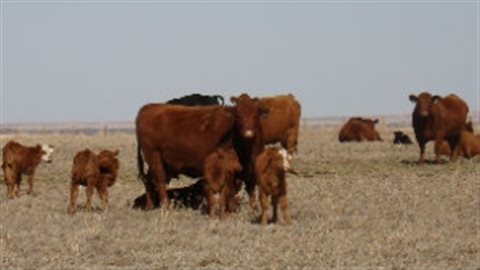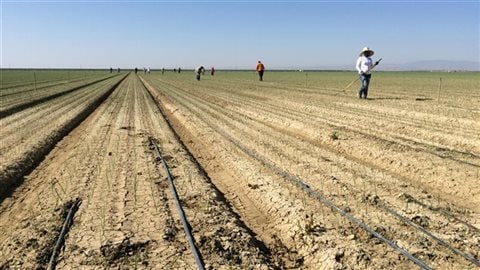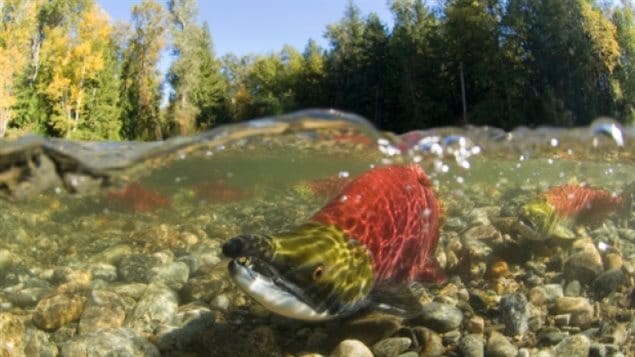For lovers of delicious ocean salmon, or beef get ready for a shock.
A drought, a record in some areas of the Canadian prairies, means much lower hay crops and less grazing area for cattle.
Producers are scrambling for feed, and some are selling off cattle to reduce pressure on grasslands. Combined with other factors, Canadian ranchers held 11.9 million cattle as of January 1, the fewest since 1993, government data show.
According to Statistics Canada data released Monday, the price at slaughter for 100 pounds of Alberta beef rose to $192.80 in May. That’s a 36 per cent jump from May 2014 and now stand as the highest price on record.

Meanwhile for salmon lovers, a new report from Vancity https://www.documentcloud.org/documents/2158104-vancity-seafood-report.html
says climate change is affecting waters off Canada’s west coast and the salmon numbers will decline significantly in coming decades.
The report Out of Stock predicts that by 2050 there could be a 21 per cent decline in sockeye, a 10 per cent decline in chum, and a 15 per cent decline in sablefish.

Rashid Sumaila, one of the study’s authors who has been working with the UBC’s fisheries research unit for over 20 years says prices will rise as much as 70% as fish numbers dwindle. He says without immediate action, there will be an irreversible effect on fish stocks and the economy of this staple food.
He notes that as the water warms the fish will move to cooler waters in the north. But he says ocean acidification is happening more rapidly in colder waters, “So here we have the problem, temperatures are increasing so fish are moving towards the Arctic, and the Arctic waters are becoming more acidic. It’s a double whammy”, he says.
More and more studies are showing that a warming earth and the resultant change in tradition climate patterns is already affecting world food prices, and likely to get much worse.
World Watch- climate change-rising prices
UN report ocean acidification- rci
Ocean acidification killing shellfish-
Arctic more vulnerable to acidification-
In its Food Price Report 2015, the University of Guelph in Ontario cites several factors for increasing food prices short term, but that climate change is a macro driver of upward prices and is an “increasingly significant” factor.
It says,”Changes in weather and climate are expected to have significant implications for food markets in the long term. As droughts have been increasing in recent years, the impact of climate conditions and catastrophic weather events increasingly creates upward pressures on food prices. Such impacts pose significant challenges in global agriculture, posing threats to the Canadian wallet. A significant proportion of Canadian food is imported, and events as the droughts in California and Brazil affect domestic retail prices of imported fruit and coffee, respectively. Conversely, dry weather in southeast Asia has increased prices for cooking oils, such as palm oil (Indonesia Investments, 2014)”
In Australia, a multi-year drought has been seriously diminishing the once productive agriculture in the state of New South Wales where rainfall patterns having seeminly shifted.

A report from the University of Melbourne in Australia looked at 55 common foods in that country and found that climate change will affect production amounts, quality, and costs. It says the negative effects will be felt in products as diverse as dairy and beef, honey, the taste of carrots, nutritional quality of wheat, and all crop yields, while acidification of the ocean will affect the ability of shellfish to build shells. (press release-summary)
A new study from Columbia University says mega droughts are likely within this century. It says that later this century the US southwest including the massive food production from California, could be facing its worst drought in a thousand years.







For reasons beyond our control, and for an undetermined period of time, our comment section is now closed. However, our social networks remain open to your contributions.